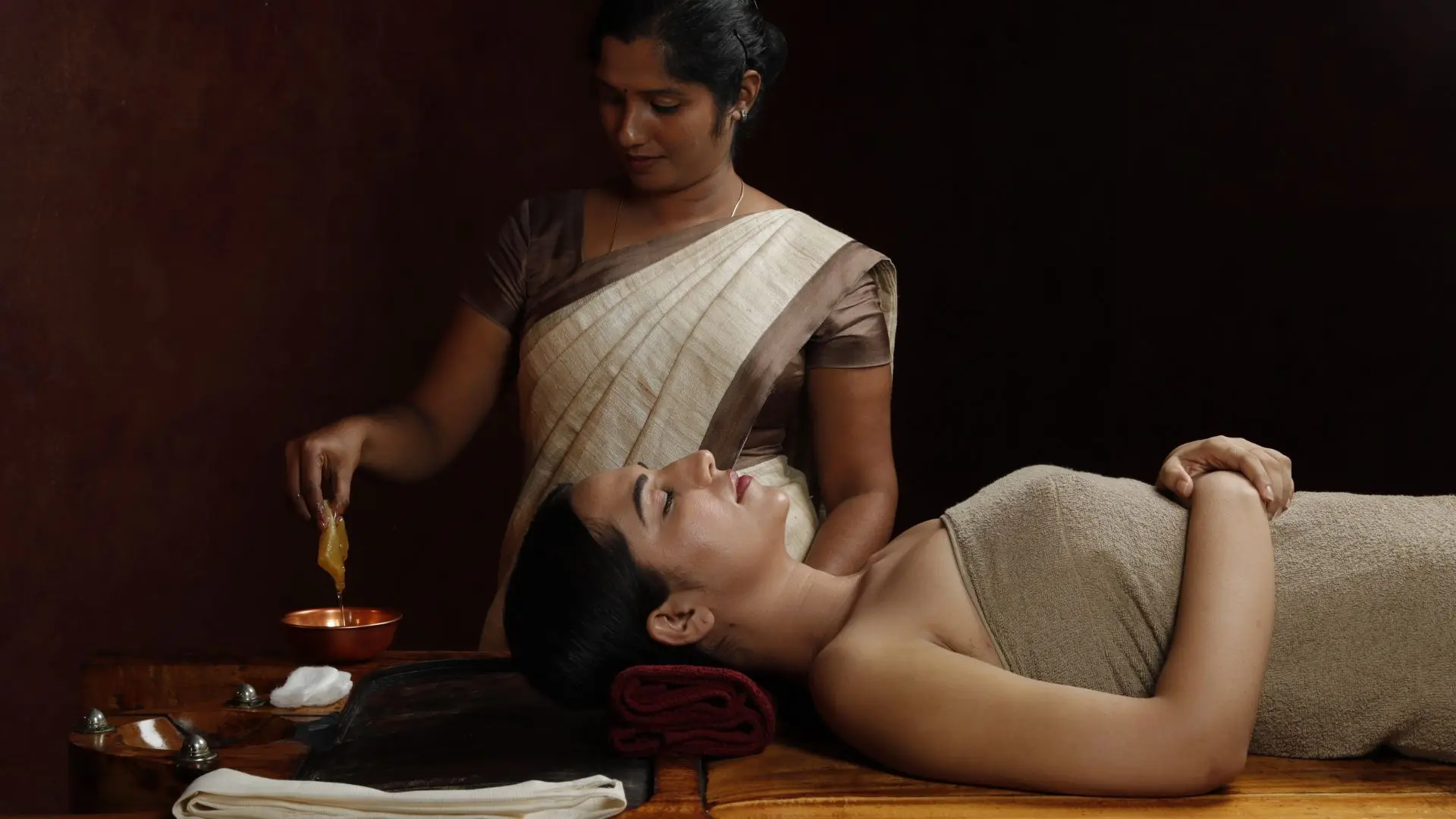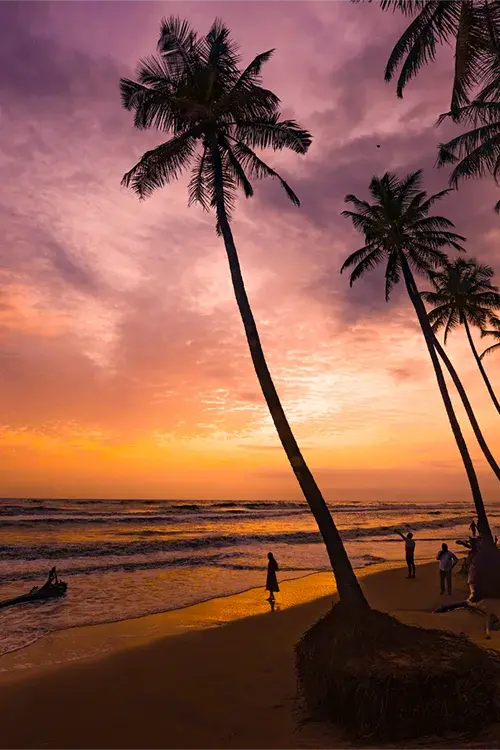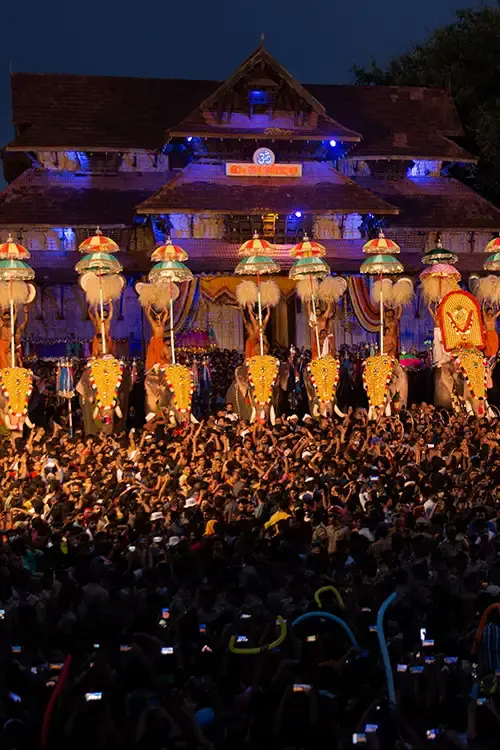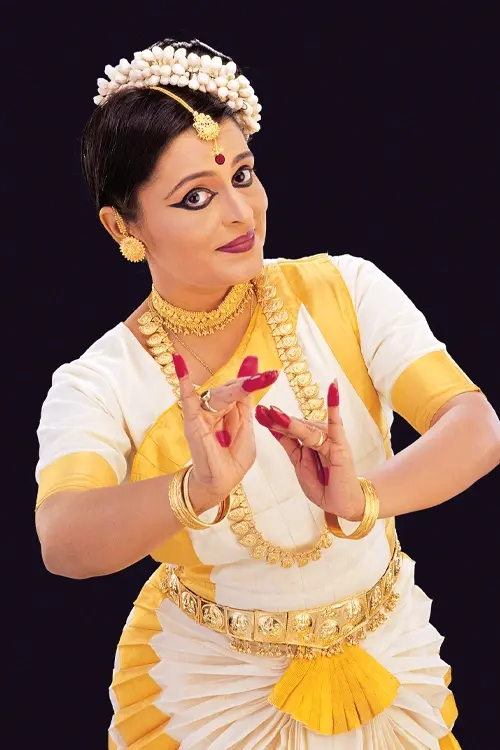Enchanting Kerala
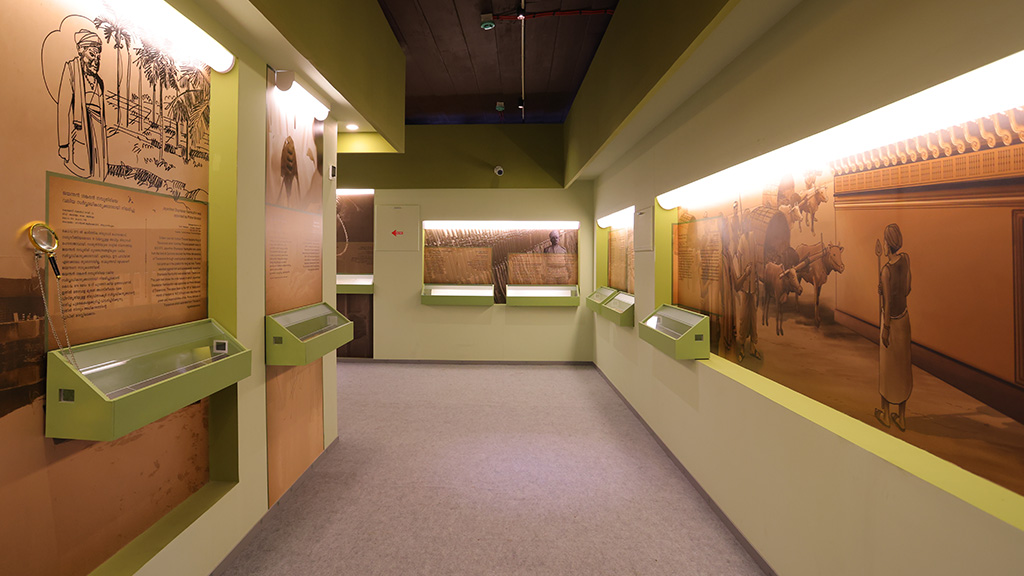
Palm-leaf Manuscript Museum, Thiruvananthapuram
Palm-leaf Manuscripts Museum in Thiruvananthapuram district is a treasure trove of ancient texts on palm leaves, that shed light on administrative, socio-cultural and economic facets of the Travancore kingdom in Kerala which lasted for 650 years till the end of the 19th century.
Billed as the world’s first palm-leaf manuscript museum, it is set up on the ground floor of the three-century-old complex at Fort Area which functions as the Central Archives under the state government. The complex has been serving as Central Archives since 1962 and before that, it was the Central Vernacular Records Office, and prior to that a prison and barracks of the Nair army.
With a collection of one crore palm leaves, the state government’s nodal agency for museums Keralam – Museum of History and Heritage has put up on display a total of 187 manuscripts dividing them across eight galleries. The galleries are ‘History of Writing’, ‘Land and People’, ‘Administration’, ‘War and Peace’, ‘Education and Health’, ‘Economy’, ‘Art and Culture’, and ‘the Mathilakom Records’. With display boards, feature videos, QR-code systems and installations, the museum is a favourite for researchers and people who want to know about the rich history of the state.
The first gallery ‘History of Writing’ introduces visitors to the evolution of manuscript writing, particularly in Kerala, the types of palm leaves, the Brahmi script, the writing system, and the classification of churunas (collection of palm leaves). The section also gives information on the Marayur cave paintings and engravings and the stamps and seals used in Harappa, through models.
The gallery on ‘Land & People’ has a collection of palm leaves on house on lease, loan documents, ownership, tax and maintenance works. Documents related to appointment orders of top officials, purchase of arms and ammunition, laws, the Secretariat, and so on can be found in the section dedicated to ‘Administration’.
The ‘War and Peace’ section features palm leaves depicting noted historical incidents such as attempts to murder Anizham Thirunal Marthananda Varma, revolts, battles, treaties and the disappearance of Velu Thampi Dalawa. The farsightedness and contribution of erstwhile Travancore rulers and the missionaries in providing education to all are mentioned in the palm leaves under the ‘Education and Health’ category. The ‘Economy’ section has documents on land measurement (‘Ozhuku’), assessment records, types of taxes, records related to Alappuzha border, etc.
The welfare activities that propelled Kerala towards becoming a reformed and progressive state are mentioned in the gallery on ‘Social Welfare Activities’. Mathilakom Records are related to the upkeep of Sree Padmanabhaswamy Temple and the archives department has a vast collection of them. Some selected items related to the construction of the temple, Thrippadidanam, festivals and openings of vaults, etc. are highlighted here.
Head to Palm-Leaf Manuscripts Museum in Thiruvananthapuram and get a glimpse of Kerala's history.
Contact
State Archives
Ph: +91 471 2478728, +91 471 2311547
Getting There
Nearest Railway Station: Thiruvananthapuram Central, about 2 km
Nearest Airport: Trivandrum International Airport, about 4 km
